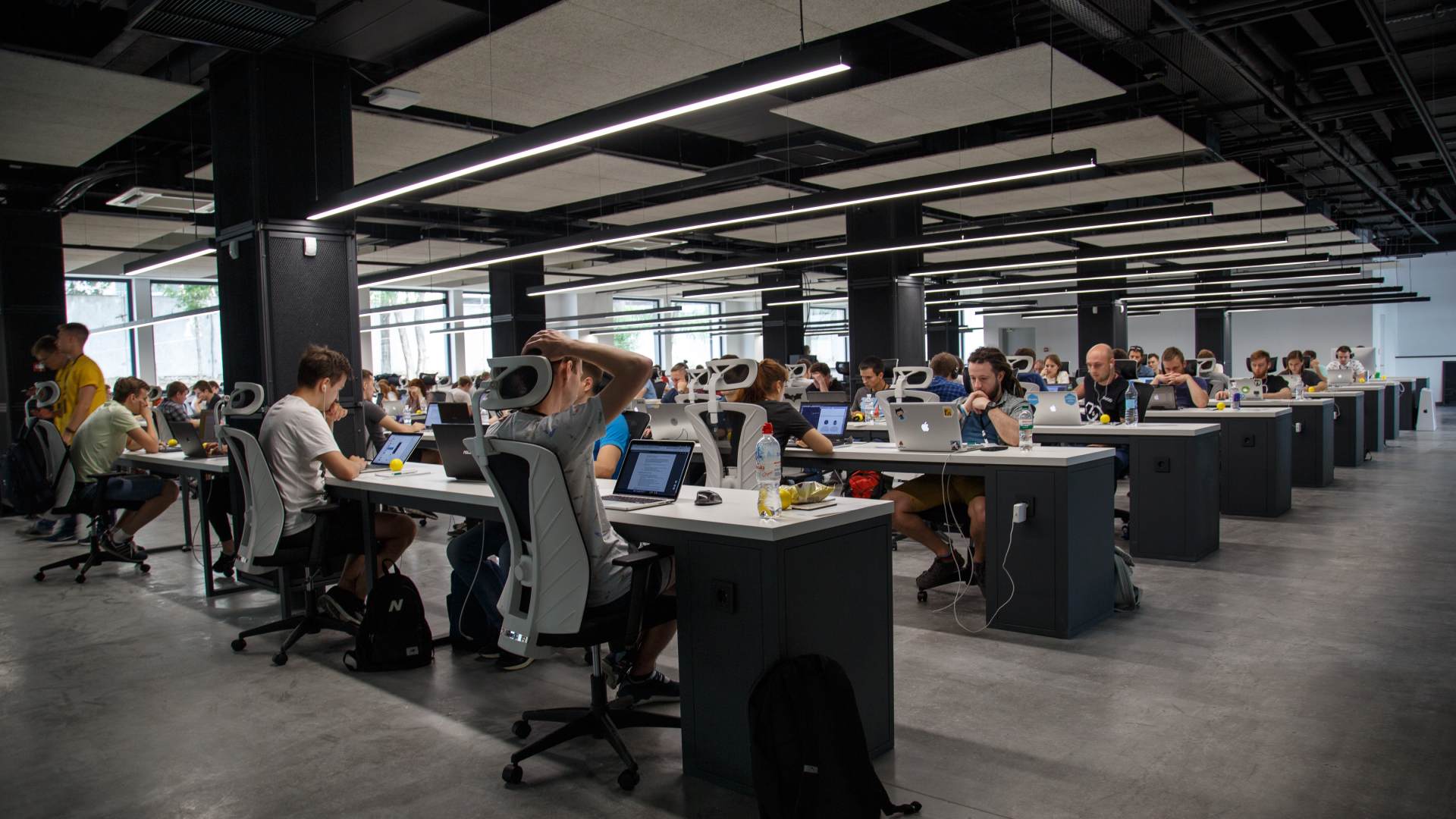Introduction
Flat-lay photography is an increasingly popular genre of photography where the photographer arranges objects in a way that creates an aesthetically pleasing image.
It combines elements of art, design, and styling to create visually appealing images. Flat lay photography can be used for any number of purposes, from editorial purposes to commercial and advertising campaigns.
Definition of Flat Lay Photography:
Flat-lay photography is a type of still-life photography where the photographer places objects on a flat surface and then takes pictures of them from above.
The items placed in the shot are arranged in such a way that they create interesting visuals or stories. These images are often composed with careful attention to detail, texture, and color, resulting in aesthetically pleasing photographs.
This type of photography allows photographers to bring out the beauty in everyday items and make them come alive through the lens.
Importance of Creating Visually Appealing Flat Lays:
Creating visually appealing flat lays is an important part of this type of photography as it helps draw viewers’ attention and encourages engagement with the content being shared.
A successful flat-lay photograph requires thoughtful composition, balancing colours and textures as well as creating interesting shapes with the objects placed in the shot.
As such, mastering this type of photography requires both technical skills as well as creative flair. Additionally, understanding lighting principles also play an important role in helping create beautiful images.
When done right, flat-lay photographs can be eye-catching works of art that are sure to leave lasting impressions on viewers!
What is Flat Lay Photography?
Flat Lay photography is a style of photography that involves arranging objects onto a surface and then photographing them from an overhead angle.
This technique is used to create a pleasing, aesthetically pleasing image that utilizes symmetry, depth, and contrast, often with the goal of conveying a clear message or story.
By arranging items in layers or patterns, flat-lay photography has the ability to tell stories through its composition. For example, one might arrange the ingredients for a recipe in an appetizing way to entice viewers.
Flat Lay photography can be used for many different purposes such as product shots for e-commerce websites, creating visual art pieces for social media posts, food styling for cookbooks or blog posts, or simply capturing everyday life events in creative ways.
The possibilities are endless! Many photographers love this particular style of shooting because its minimalistic approach allows them to emphasize the details and design elements of their subjects while also keeping the overall image interesting and visually appealing.
When shooting flat-lay photos there are several important aspects that must be considered in order to create an effective image.
Lighting is key since it will help bring out textures and colors while allowing shadows to add dimensionality to the photo.
It is also important to consider negative space when positioning items as it can provide balance and focus attention on the desired object within the frame.
Paying attention to perspective can also help you make your images stand out more by adding depth and interest.
Lastly don’t forget about cropping afterward as this can really transform your shot into something extraordinary.
1-Planning And Preparation
1. Choosing a Theme (Concept for the Flat Lay):
Choosing a theme and concept for your flat lay is the first and most important step in creating an eye-catching, aesthetically pleasing image.
To decide on a theme, think about what story you want to tell with the image. What kind of emotion do you want to evoke? Do you want it to be minimalistic and modern or warm and rustic?
When considering themes, remember to keep them simple so that viewers can easily understand what message you’re trying to convey with your image.
Once you have chosen your theme, start gathering props that will help bring it to life.
2. Gathering and Arranging Props and Items:
This is where creativity comes in! Find objects that relate to the concept you have chosen for your flat lay and arrange them in an aesthetically pleasing way while still conveying the message of your theme or concept.
Gather items of different sizes, textures, colors, shapes, etc., but make sure they all tie back into the overall vibe of your flat lay.
Consider how light will affect the tone and brightness of specific objects as well; certain items may appear too dark or too light against different backgrounds or lighting sources.
3. Selecting a Background:
The background plays an important role in any photo as it helps create depth and dimension while also providing color contrast with other elements within the frame.
Think carefully about which background will complement your flat lay theme best – it could be a solid colored paper backdrop, fabric material like linen or velvet, wood planks from cedar shelves, marble countertops – whatever works best for telling the story of your image!
Whatever material you choose for your background, just make sure its texture does not overpower other objects in the frame so that each element still stands out in its own unique way.
2-Capturing the shot
1. Lighting considerations:
Flat-lay photography is a technique of photography where items are arranged on a flat surface, such as a table or floor.
The key to successful flat-lay photography is achieving even lighting for your subject. To do this, consider the direction and quality of the light you’re using when setting up the shot.
Positioning your camera close to the level of the items in order to minimize any shadows or hotspots that may be created by direct light sources.
If natural light isn’t available, you can also use studio lighting systems like softboxes, directional lights, and reflectors to achieve even lighting results in both indoor and outdoor settings.
2. Composition Techniques:
Once the correct lighting is established for your flat-lay photography shoot, you can begin arranging your items into an aesthetically pleasing composition.
When planning out your composition take into account color schemes and patterns with the items being photographed – avoid having too many different colors competing for attention as this can create confusion within the frame.
Group related items together in different ways until you find an arrangement that looks visually appealing while still conveying all necessary information about each item.
Also, consider using leading lines like roads or rivers drawn out with smaller objects within a larger frame to help draw viewers’ eyes around the frame naturally without feeling rushed.
3. Use of Angles and Perspective:
To add interest to your flat-lay photography shots you can experiment with different angles and perspectives from which to capture them rather than simply shooting from above as this will quickly become repetitive and uninteresting for viewers.
Try shooting from low angles for dramatic effects or use creative lens distortion techniques such as fisheye lenses for abstracted-looking images that show off details not seen at eye level or upon first glance at them in real-life conditions.
Play around with changes in perspective by cutting off parts of items at their edges to produce interesting graphic shapes within each image – this adds dynamism to otherwise static compositions and engages viewers more thoroughly when they see something unexpected within each photo composition.
3-Post-processing
Basic Editing Techniques (in Programs Such as Photoshop or Lightroom):
When it comes to flat-lay photography, basic editing techniques are essential in order to achieve the desired result.
Post-processing techniques such as adjusting levels, curves, and color saturation can help enhance the image’s sharpness and contrast.
Other useful post-processing tools within these programs include cropping, straightening, and cloning out minor details that may distract from the overall composition.
Advanced Editing Techniques (for More Intricate Flat Lays):
For more intricate flat lays, advanced editing techniques can help make the image look better overall.
These techniques usually involve the use of layers and masking to bring out certain elements of the scene without affecting others.
Additionally, advanced editing can include elements such as dodging and burning for shadows, highlights, and mid tones; vignetting; frequency separation; lens correction; perspective correction; as well as adding luminosity masks for more precise adjustments to an image’s brightness or contrast.
All these methods require a good understanding of different post-processing tools in order to be implemented correctly.
Conclusion
Flat-lay photography is a popular style of photography that is easy to learn, and it can be used to create stunning visuals for various purposes.
To create successful flat-lay photographs, it is important to start with a plan and choose the props carefully for their visual impact, then arrange them in a way that will draw attention to your message.
When taking the photograph, make sure that there are no shadows or hot spots in the shot, and adjust the camera angle so you can capture all of the elements of the layout.
Finally, use editing software such as Photoshop or Lightroom to enhance your image.
Tips for continuing to improve and experiment with flat lay photography include thinking outside of the box when choosing props and tools; try using everyday items instead of traditional props like books and jewellery boxes.
Experimenting with different angles and perspectives can also give you interesting results, as well as playing around with shadow placement and introduction of background elements like textures or fabric swatches.
Additionally, it’s important to practice the basics such as composition, lighting setup and post-processing techniques on a regular basis; this will help you refine your skillset over time. Finally, don’t forget to have fun and enjoy experimenting.







